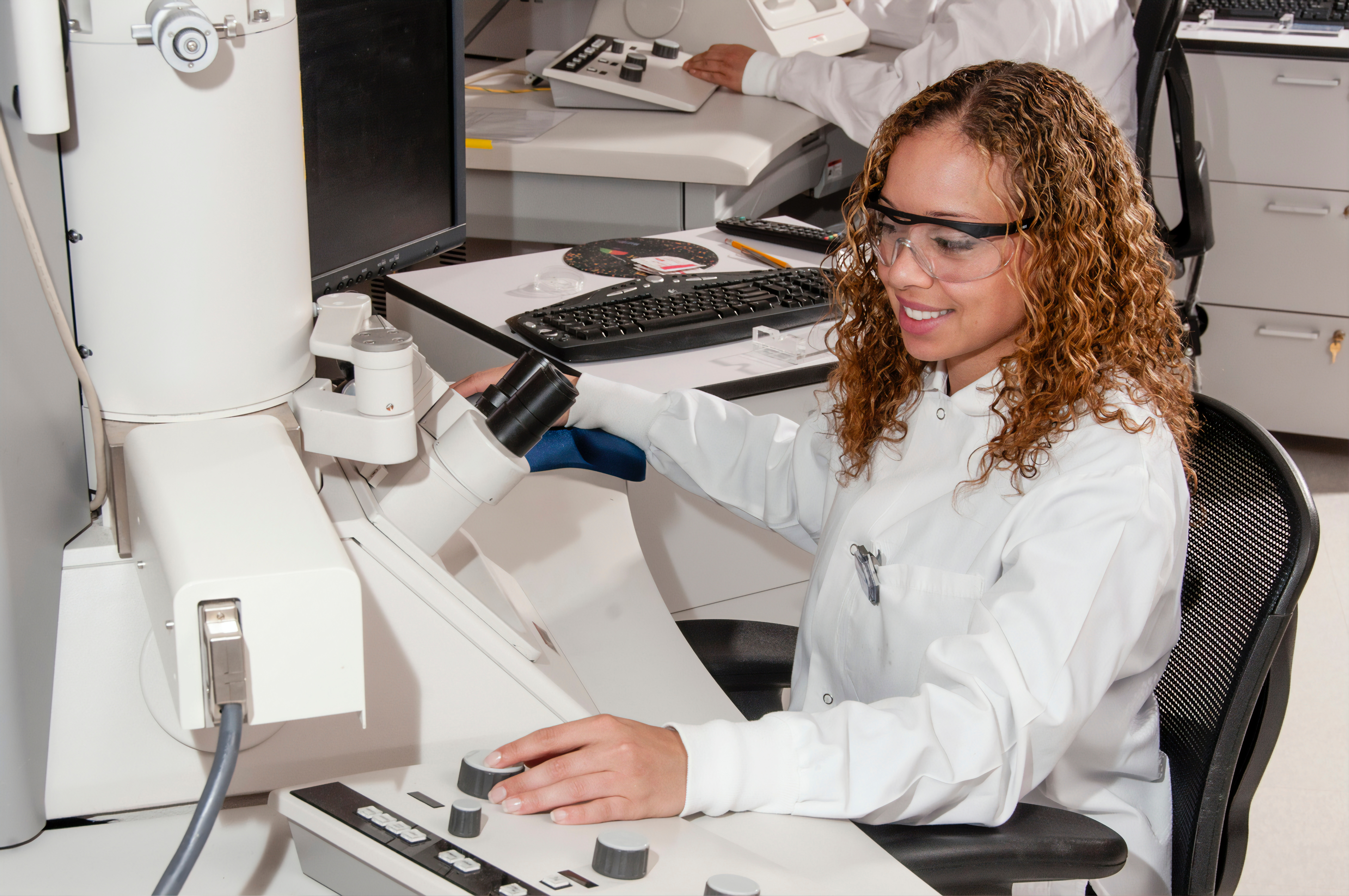The things of the world call to us, and we are drawn to them—each of us to different things, as each is drawn to different friends.1 — Parker Palmer
I entered the world of academia several years ago as a complete novice. My love of nursing supplied motivation to teach but didn’t make up for my pedagogical inexperience. As a student, I was surely exposed to years of effective teaching, but didn’t know where to start when my role changed from student to teacher. I wanted to communicate facts clearly, but I also longed for students to love and become animated by the subject at hand. How would I educate effectively? How would I incorporate theory with the elusive art of teaching? Maybe the best place to start is to understand what I need to learn.
I’m often astonished at what I don’t know. Everywhere I look, there are objects, processes, and people that are a mystery to me. For example, I’m sitting in my office and wondering about the fabrication of my desktop and the light that illuminates my computer. Someone knows a great deal about these things and has likely devoted their career to this knowledge. Ultimately, even the most brilliant and devoted among us can’t begin to comprehend the myriad complexities of our world. We need to decide where to concentrate our affections.
Parker Palmer writes about the mysterious way that we are unconsciously drawn to understand unique aspects of this world. As we pursue understanding and truth about specific subjects, the more we realize the elusive nature of our knowing. He offers a delightful image from Robert Frost who wrote, “We dance round in a ring and suppose, / But the Secret sits in the middle and knows.”2 Palmer’s image implies that subjects themselves possess a “transcendent secret,” and we doggedly search for their truth. He goes on to write about a subject calling us ever deeper as it reveals new facets to explore. The “transcendent secret” is outside of us, and we rightly join hands around it as we communally marvel at its reality from different angles. He believes the truth emerges amidst dynamic dialogue between the subject itself and the lovers of the subject.
Christian educators take this idea even further as we explore our subjects framed by God’s glorious, multifaceted work. We ponder God’s reclaiming, restorative commitment to a creation distorted by sin. We’re astonished by the way he holds all things together and weaves his redemptive story through time and matter. As believers, we gaze with wonder at specific subjects as they provide us with glimpses of God himself.
In this context, inquiry begs further meaning. Steve Garber3 beautifully explores learning (and life) in the context of telos and praxis. He describes the question of telos as: “What is the true end of a life? What is its purpose? Why do we get up in the morning? Why are we alive, anyway?”4 He goes on to look at the equally important questions of praxis: “How do we live? What does life look like amidst the ordinary relationships and responsibilities of life?”5 As we corporately explore the subjects that we innately love, how do we carefully, deliberately, and meaningfully weave that knowledge into life, relationships, and vocation?
I often feel like an imposter as I reflect on these ideas in the context of teaching. I long to live and teach from a place that encourages learning in the context of wonder, telos, and praxis. However, I woefully fumble in this process. Nursing is a subject devoted to evidence-based practice in the context of genuine care. The Christian principles of love and service are implicit and essential. But does my teaching point toward something more? In medicine, it’s tempting to have a myopic focus on what’s immediately at hand. How do I challenge students (who may or may not be people of faith) to explore their purpose as they discover their vocation?
Messiah University’s Pietist heritage may have something to offer in this regard. Roger Olson6 builds on Palmer’s theme and describes Christian education in light of the “missio dei.” He implies that the subjects of our study are themselves “servants” of God’s mission in the world. Maybe our goal is to gather round our chosen “transcendent secrets” and join together with those secrets to advance God’s healing mission in the world (a mission He’s advancing both with us and despite us). If viewed in this context, the pursuit of knowledge is God-driven, allowing us to partner with creation in revealing God’s glory.
In the discipline of nursing education, I’ve seen evidence of this vision most often in the clinical setting. When working with patients, students are faced with the need to nimbly implement classroom learning in real-time. This process is often messy (literally and figuratively). Medicine isn’t always straightforward and rational. Interactions with real people are wrought with surprises, mistakes, and failures. A disease can present in an atypical fashion. Patient responses vary widely and may be inconsistent with expectations.
Successful students use what they’ve learned in class as a springboard for nuanced application. They become comfortable sitting with “transcendent secrets” and the tension of both knowing and not knowing. They’re able to work diligently and pursue excellence while maintaining a posture of humility. The more they learn, the more their ignorance is illuminated.
Moreover, Christian students begin to see their finite knowledge in light of an infinite God. They gather stories of unexpected healing and God’s mercy in profound suffering as they recount endless stories of apparently meaningless trauma and tragedy. They become keenly aware that they’ll always be students of God and his world. Formal education only provides coordinates for learning about this glorious reality. Somehow amidst the brokenness, we’re afforded moments of awe while catching glimpses of the bigger story unfolding around us. Ideally, purpose, meaning, and application become woven into everyday life as God reveals himself in our place in time.
This work enlivens my telos and praxis. Douglas Jacobsen beautifully articulates the goal of higher education from a Christian perspective when he writes, “The end result of this process [the pursuit of Christian education and scholarship] will not necessarily be the neat and systematic articulation of a fully integrated Christian scholarly worldview. More often than not, it will be what the Jesuit political philosopher David Hollenbach has called a ‘fragile achievement’—a tentative and provisional understanding of the connections of faith and learning that is rooted in one’s way of life as much as it is an expression of one’s life of the mind.”7 In the months and years to come, I pray that I will continue to engage in the struggle to make the connections between faith and learning and help my students to do the same. I long to experience moments grasping the “fragile achievement” in hopes of honoring God with my work and life. Perhaps my job isn’t to provide ultimate answers but to faithfully and thoughtfully offer tools for the journey as I join with my students and creation to extoll the restorative, glorious Lord of all.
Footnotes
- Parker Palmer, The Courage to Teach, (San Francisco: Jossey-Bass, 1998), 105.
- Palmer, The Courage to Teach, 105.
- Steven Garber, The Fabric of Faithfulness: Weaving Together Belief and Behavior, special ed. (Downers Grove, IL: Intervarsity Press, 2007).
- Steven Garber, “Beyond Death,” The Washington Institute for Faith, Vision, and Culture, December 10, 2020, https://washingtoninst.org/beyond-death/, para. 7.
- Garber, “Beyond Death,” para. 7.
- Roger Olson, “Reconceiving the Christ-Centered College: Convertive Piety and Life Together,” in The Pietist Vision of Christian Higher Education, ed. Christopher Gehrz (Downers Grove, IL: IVP Academic, 2015), 106.
- Douglas Jacobsen and Rhonda Hustedt Jacobsen, Scholarship and Christian Faith (New York: Oxford University Press, 2004), 46.























Ms. Barbato: Excellent, helpful thoughts!